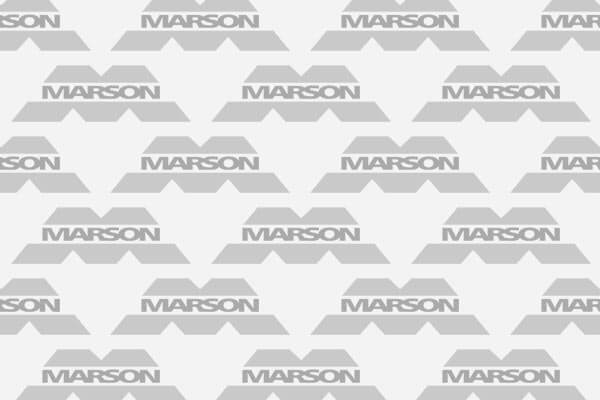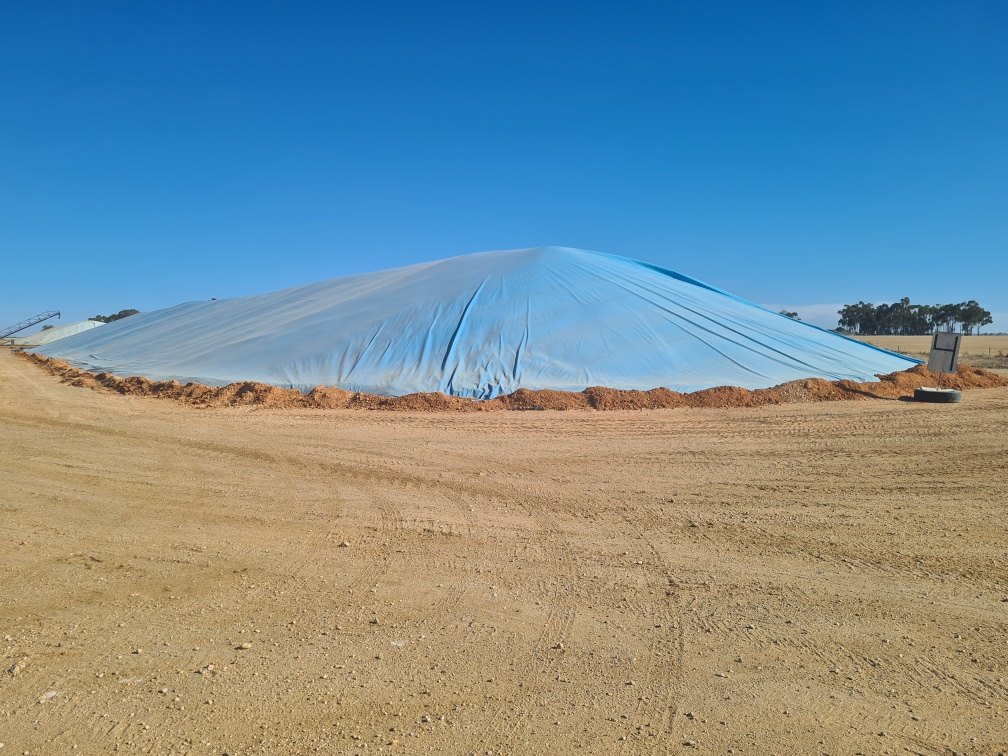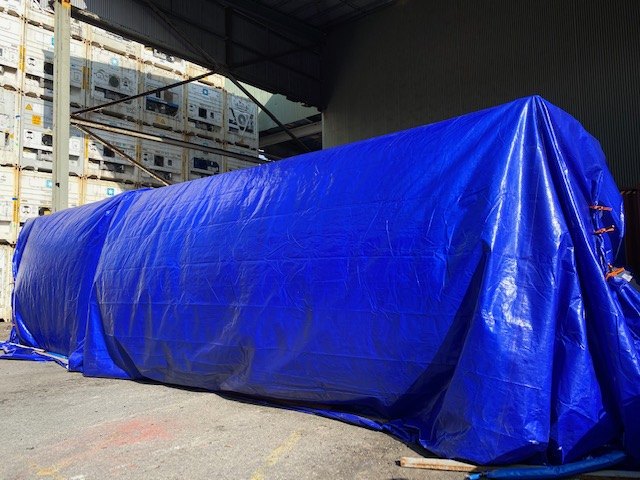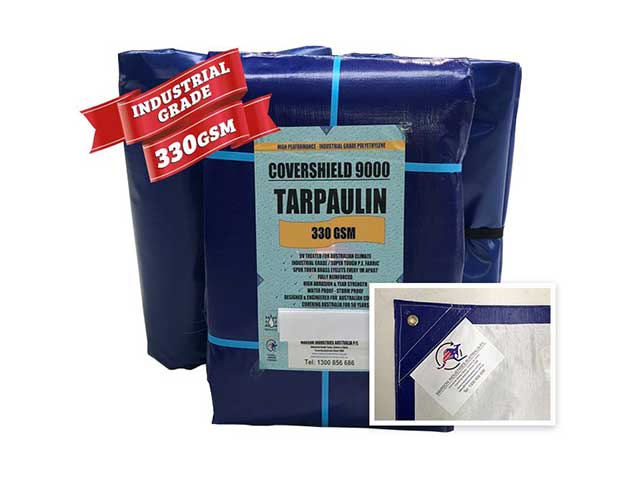Floor Bunding Systems
Floor bunding is another name for spill containment. If you are working with chemicals such as acid, it is important to have what is called a bund wall that is completely surrounding the container. This is mandatory in most cases to prevent the inadvertent polluting of waterways, or even aquifers in the ground, if the liquid solution is able to leak out of the containers.
In most cases, the containers are going to be perfect for the material they are being used for. However, accidents can occur. If the container is ever punctured, especially at the lower levels, there is always the possibility that it can leak onto the ground. There are 3 types of floor bunding that are used quite commonly. Let’s take a look at how this actually works.
- Is This Really Necessary In All Cases?
In almost every case where you are working with a hazardous type of chemical, building a bund wall will be necessary. Without that there, there is nothing to prevent what is in the container from getting out. Therefore, in many cases, it is a legal requirement for storage vessels, tanks, or any other container on a plant to have these bund walls set in place. They also have to be made in a certain way, made of certain materials, in order for them to be effective. In some cases they will use concrete, whereas others may require some other type of material such as plastic or steel.
- 3 Types Of Floor Bunding Options
Now that you know that bunding is focused on spill containment, and it could be for many different hazardous materials, you should know that there are specific types of bunding walls that are utilized in order to prevent spills from getting out of control. There are several different types of bunding materials and products that are available. There are also multiple approaches.
- Bunded Palettes
The first type is called bunded pallets which are a simple type of bund wall which are nothing more than pallets that contain the spills. You have probably seen these before if you have ever been on an industrial plant where oil, acid, or other toxic materials are stored. You will see either a 2 or 4 drum configuration. These will be adjacent to what is called an intermediate bulk container or two of them if it is a very toxic substance. However, in most cases, this is nothing more than a secondary backup plan in case the primary bund wall fails. There is always the risk that that could happen, and this can mitigate the possibility of a large spill getting out of control.
- Rubber Floor Bunding
The second type is called rubber floor bunding. People often confuse this with flexible floor bunding which is the most popular type of bunding that is preferred by forklift operators. Rubber floor bunding is sold in 5 m lengths, and they are very easy to install. The reason that this material is preferable is because it can be very useful when it comes to preventing spills from happening. There is one other type of bunding that is preferred and it is called EVA floor bunding.
- What Is EVA Floor Bunding?
This is made of a type of foam that is very soft. This is used when cleaning workshop floors. It has an adhesive backing which means you can simply peel off the back and place it wherever you need to. This is not something that you would use on the floor. It is primarily used with grease and oil, and is extremely strong. It is used for indoor applications only, and is limited in its use with toxic or caustic chemicals like acids. As you can see, these 3 types of floor bunding might be the most common, but they are not going to cover every type of material. If you are working with something that is extremely caustic like acid, you are going to use a completely different bund wall to prevent the acid from getting out.
- What Type Of Bunding Do You Use With Acid?
If you are going to be providing bunding for a container that has acid, you are always going to use concrete. Not only does concrete work well with acid, but it can also be used for a multitude of other liquids like oil that could leak out. It is not very permeable, but it is easy to create one of these walls. If you have anyone on your team that has ever made a concrete wall before, this is how you can protect acid from getting out, or any other type of dangerous material.
- How Can You Have This Installed At Your Facility
If you have a facility where you need to have bund walls installed, and you do not have anyone on your payroll that knows how to do this, you can bring in a professional company. They will able to come out, take measurements, and find out what type of materials you are trying to provide the barrier for. This is going to allow you to get the right one. If you try to do this on your own, you might end up using the wrong material, and then you would be in violation of some regulation.
Even worse, if there actually was a leak, and that material was able to escape, you would now be liable for all of the environmental cleanup and the damages that could occur to people now and in the future. You can find companies that specialize in creating bund walls. It’s actually very easy to do. As you are looking for the 3 types of floor bunding that you can use which includes rubber, EVA, or PVC, you should find companies that do this type of installation.
This basic overview of the 3 types of floor bunding will give you a general idea of what to expect if this is something you need to do. Just make sure that you are using a company that can install this for you properly so that you can adhere to any regulations or laws related to the products you are storing. By the end of the month, you should have everything done, installed by these professional companies, that will provide you with the proper floor bunding that you need.




